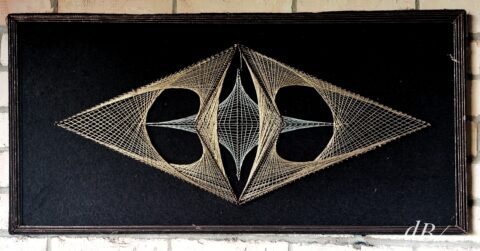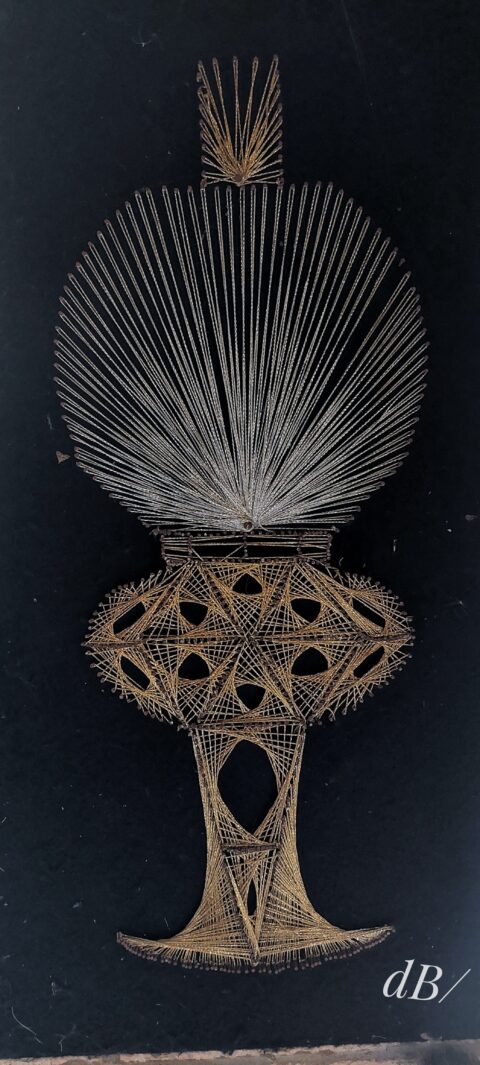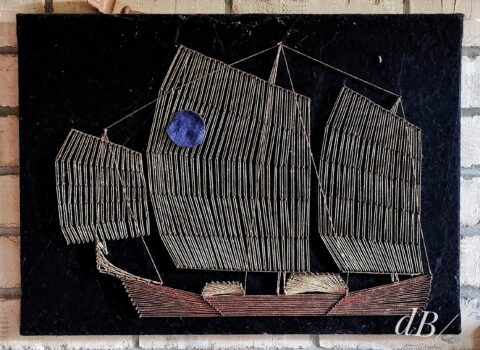TL:DR – I used to really enjoy using Spirograph to draw mathematical patterns when I was a child in the 1970s. We didn’t have video games back then.
As a child, I was always really pleased to get a Spirograph as a Christmas present. With its cogs and pens it allowed you to create what you might call mathematical art. You set up the frame and the cogwheels, poked a pen into one of the holes and whirled the pen round and round until it had drawn out a complex-looking spiral on the paper. You used different sized cogs and shapes and different holes to generate different patterns, which you could overlay.

I even had one that used paints and tinfoil instead of pen and paper. I remember rattling off dozens of these things, I suppose it fed both my young artistic and scientific brain at the same time. I reckon I had three or four Spirograph sets over the years. And, I was fascinated when I first encountered the Julia Sets and Mandelbrot Sets in my late teens, there were like an infinity of fractal Spirographs.
Moreover, in the parallel world of my love of music, it’s probably why I got into the music of Rush in my early teens with their occasionally highly repetitive, complex and mathematical riffs (Jacob’s Ladder, Cygnus X-1, La Villa Strangiato, for example, not only in odd, mixed keys and compound time signatures, but simultaneously repetitive and minimalist).

At the age of 11 or 12 or so, my mate Phil and I used to ride our Raleigh Grifters up the Coast Road to visit his Dad’s new family on Sundays. We imagined we were on motorbikes, as young lads often do, and even riveted an extension to our rear mudflaps not just to reduce rain spatter from the road on to our Parka jackets, but so they could be bent under to make an engine-like growl against the tires as we rode along.
Phil’s stepmother was very into arts and crafts and used to encourage us and her own bairns to0. She introduced us to what you might see as being the pins and thread version of Spirograph. Rather than cogs and pens, you spent your time tapping in dozens and dozens of nails into a felt-covered wooden board using a paper template. You then followed a mathematical rule to create a pattern or image by winding a thread from nail to nail. Phil and I got very into this mathematical art creation and did several images.

Amazingly, the main ones I did – the first, an abstract diamond, the second an oil lamp, and the final one a Chinese junk, have survived and have pride of place in my Dad’s garage to this day; they used to be in the house, but were usurped by prints and family photos and such, hahahah. I took some snaps of them the other day and just thought I’d share them with you now. I must admit I don’t think I’ve done anything quite so arts-and-crafty since.

*Spot the Twenty-plume Moth on the Oil Lamp picture!